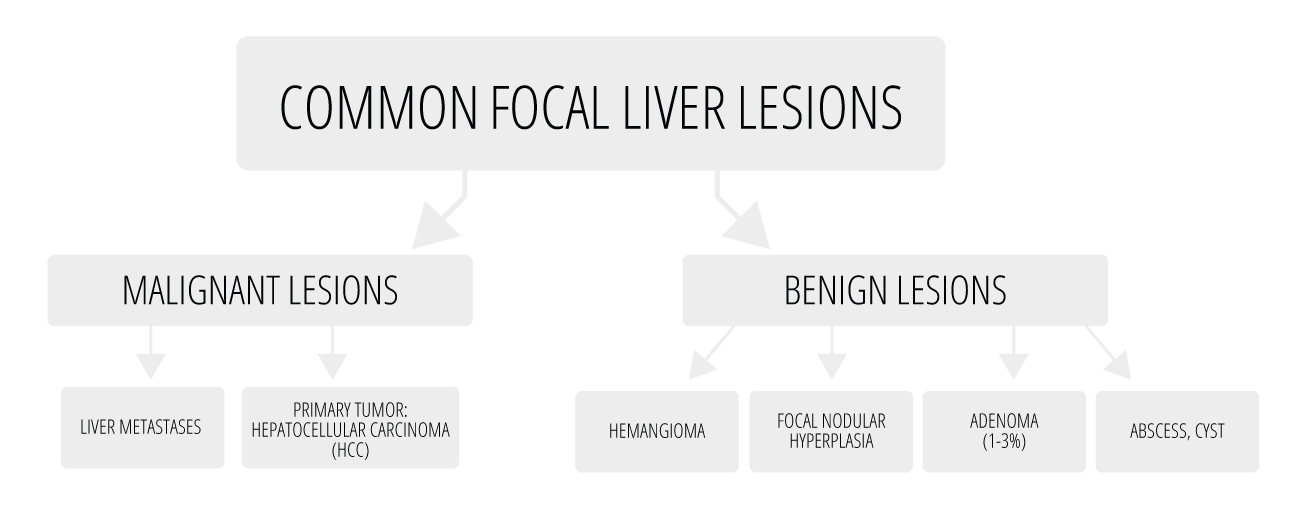Liver lesions are groups of cells with abnormal growth in your liver. Doctors may call them a tumor. Noncancerous (benign) liver lesions are commonly seen in the liver. They don’t spread to other areas of your body and don’t usually cause any health issues. But some liver lesions (malignant) form as a result of cancer and can spread.

Liver metastases, primary lesions and management
Malignant liver lesions consist of liver metastases and primary tumours called hepatocellular carcinoma (HCC).
One of the reasons that cancer is a serious disease is its ability to spread to other parts of the body than the location of the primary tumor (i.e. where the first tumor formed). When cancer cells spread to distant lymph nodes, tissues or organs, it is called metastatic cancer, and the metastatic tumor is the same type of cancer as that of the primary tumor.
Cancer can spread to any part of the body, but certain areas like the liver are more prone to metastases than others. Many solid cancers (i.e. cancers forming tumors) originating e.g. from the lungs, breasts, colon, stomach or pancreas metastasize to the liver, and very often the liver is the first and only site of metastatic disease. Although cancer can be hard to control when it has spread, some types of metastatic cancer can be cured or the growth and burden of the metastases reduced or eliminated, leading to a higher likelihood that the lesion can be removed by surgery or that drug treatment can be successful. This is especially relevant for liver metastases.
Hepatocellular carcinoma (HCC) is the most common primary malignant liver tumor and occurs mainly in patients with underlying chronic liver disease and cirrhosis. Time to recurrence is longer and 5-year survival rate is higher in patients with early HCC than in those with advanced stages. As for liver metastases, early detection of HCC is crucial for successful treatment and reduction of mortality.